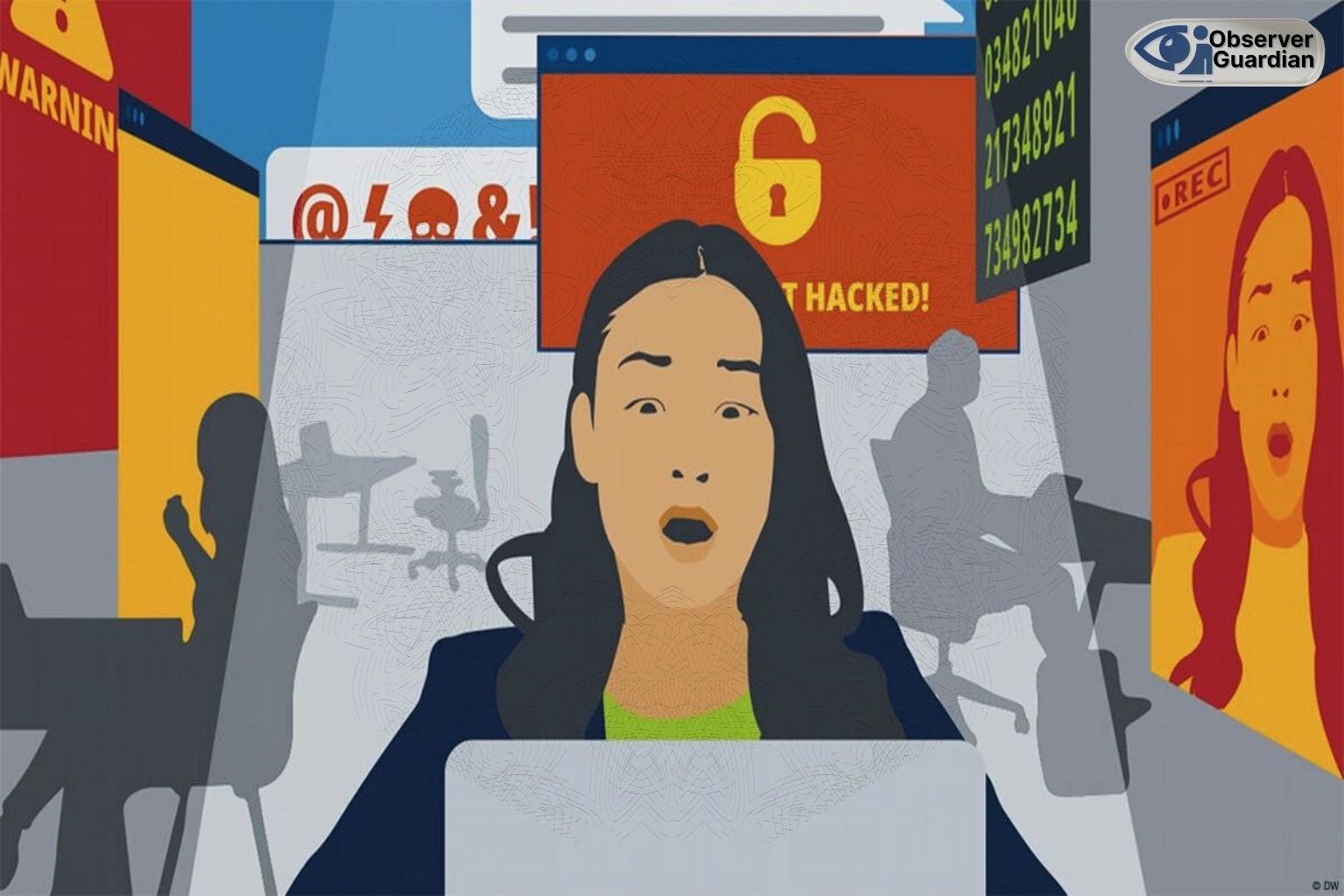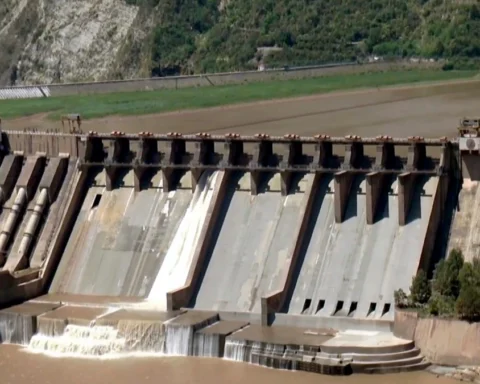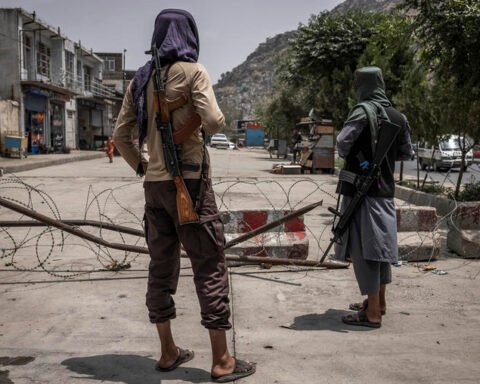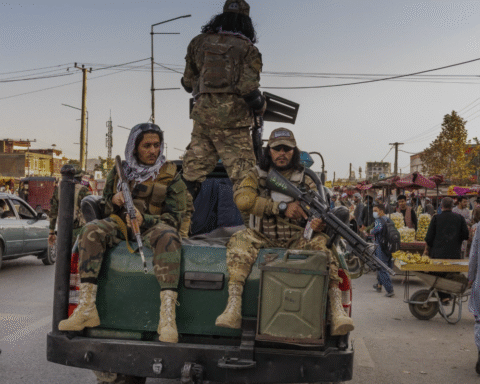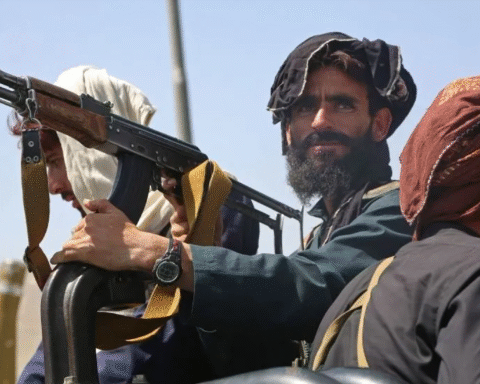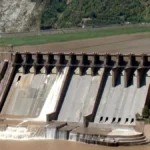When people talk about global threats, the conversation usually drifts toward things you can see. Rising seas, missiles, collapsing banks. Misinformation is different. It doesn’t announce itself with smoke or sirens. It creeps in quietly, one false claim at a time, and before long it starts shaping how whole societies think and act.
A survey earlier this year showed that most people now see misinformation as a bigger danger than terrorism. That might sound dramatic, but it makes sense. When you can’t agree on what’s real, everything else becomes harder to solve.
You can’t fight climate change if half the public believes science is fake. You can’t negotiate peace if both sides insist their version of events is the only truth. The battlefield is no longer just physical. It’s digital, and it’s inside our heads.
Look at the war in Gaza. Every day, photos and videos fly across social media. Some are genuine, some are doctored, and some are old clips pulled from other conflicts. People share them in good faith, but the result is chaos. One side points to evidence of a hospital bombing, the other claims it was a weapons depot, and ordinary viewers are left trying to sort fact from fiction.
It’s not just about propaganda. It’s about a fog of information so thick that accountability feels impossible.
The same fog surrounds international politics. At the recent Shanghai Cooperation Organization summit, Chinese and Russian leaders talked about building a new global governance system. State media in those countries framed it as a fairer alternative to the West. Western outlets described it as an authoritarian power grab.
Both versions contained elements of truth, but they painted such different pictures that someone reading both could feel like they were living in parallel worlds.
That’s the perfect environment for half-truths to thrive.
Financial news gets tangled in it too. In the United States, questions about political interference in the Federal Reserve have sparked waves of speculation online. Rumors about sudden interest rate changes or secret deals spread faster than official statements. Even if markets eventually correct themselves, those initial jolts can cause real damage. Billions can move in seconds based on little more than a viral post.
Closer to the ground, misinformation is shaping daily life. In India, during the ongoing trade fight with the US, chain messages on WhatsApp have warned of boycotts and shortages. Some of these warnings are baseless, yet they lead people to stockpile goods or panic about their livelihoods. The fear becomes self-fulfilling. Once enough people believe disruption is coming, disruption follows.
This is what makes misinformation so slippery. It isn’t always about outright lies. Sometimes it’s a real photo with the wrong caption. Sometimes it’s a fact stripped of context. Sometimes it’s the silence of an institution that fails to respond quickly, leaving people to fill the gap with speculation. Governments and political movements know this. They understand that shaping the story can be as powerful as controlling the battlefield.
So, what can be done? There’s no silver bullet. Social platforms have added fact-checking tools, but falsehoods still spread faster than corrections.
Governments are drafting new digital laws, yet those laws often raise fears about censorship. Media literacy programs help, but they take years to bear fruit.
The most immediate solution is probably the simplest. People of the world must get better at slowing down. It’s tempting to hit share the second one sees something that fits our worldview. But that reflex is exactly what makes misinformation so effective. Taking a pause, looking for confirmation from a trusted source, and asking ourselves if the claim makes sense can go a long way. One person pausing doesn’t stop the flood, but millions of people pausing starts to change the current.
Institutions have a role to play too. When the earthquake hit Afghanistan this summer, rumors spread online about aid being hoarded or misused. Part of the reason was poor communication. If the UN or local authorities had shared clear updates sooner, those rumors might not have gained as much traction. Transparency and speed are as important as accuracy. People want information they can check and verify for themselves.
Calling misinformation an “invisible threat” is not an exaggeration. It can destabilize economies, fuel violence, and erode trust in democratic systems. And unlike a natural disaster, it doesn’t respect borders. A rumor in one country can jump continents in minutes. It’s one of the few problems that truly belong to everyone.
The same networks that spread it also carry the tools to fight it. Open-source investigators, fact-checking groups, and communities dedicated to truth telling are growing stronger. The challenge is making them louder and more compelling than the lies. Until then, skepticism and patience are the closest things one must protect. Not cynicism, but a willingness to question what one sees before letting it shape what one is going to believe.
Disclaimer: The views and opinions expressed in this article are exclusively those of the author and do not reflect the official stance, policies, or perspectives of the Platform.

